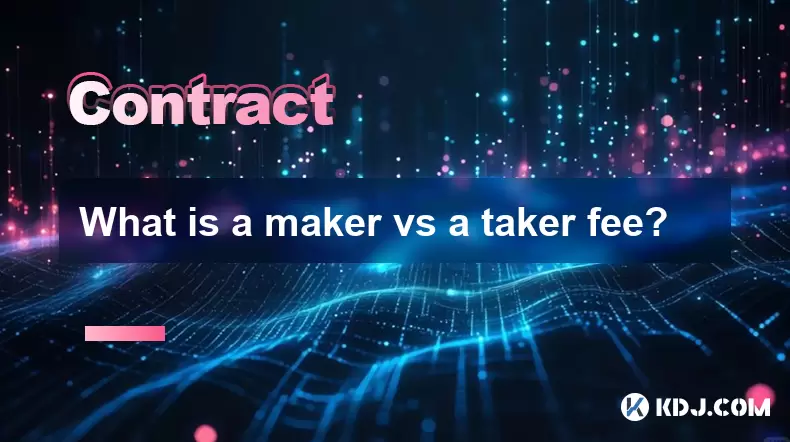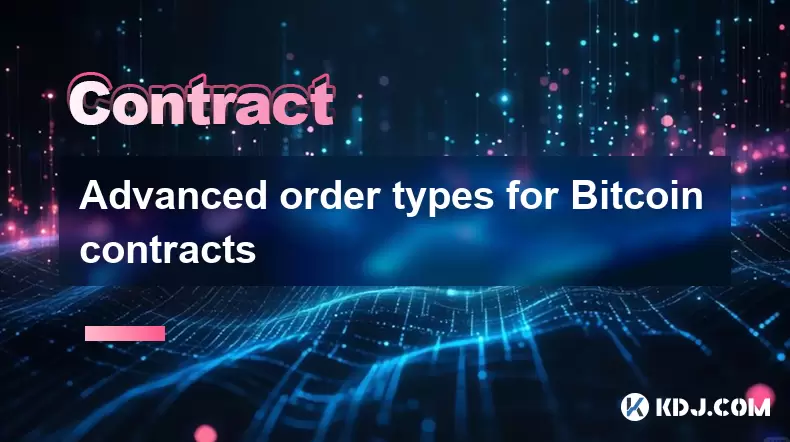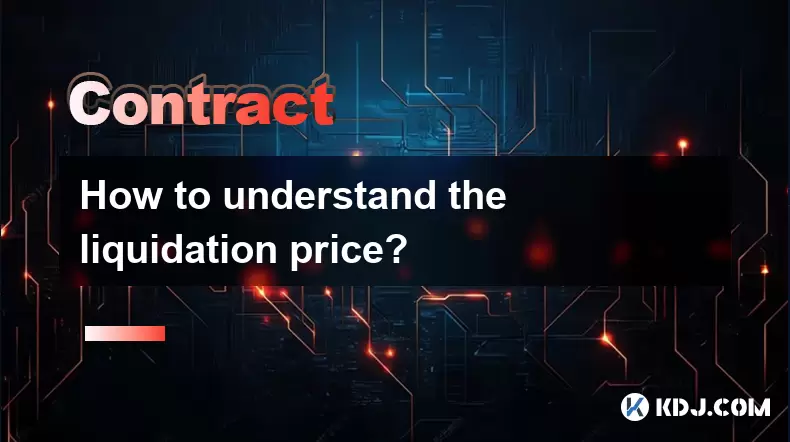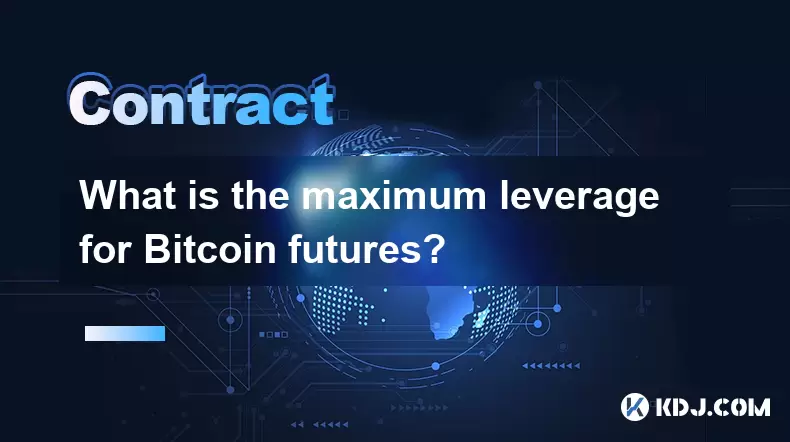-
 Bitcoin
Bitcoin $118400
0.39% -
 Ethereum
Ethereum $3814
2.17% -
 XRP
XRP $3.547
1.34% -
 Tether USDt
Tether USDt $1.000
0.00% -
 BNB
BNB $769.5
2.95% -
 Solana
Solana $191.7
6.36% -
 USDC
USDC $0.9999
0.01% -
 Dogecoin
Dogecoin $0.2722
7.75% -
 Cardano
Cardano $0.8995
5.59% -
 TRON
TRON $0.3158
-0.78% -
 Hyperliquid
Hyperliquid $47.37
4.46% -
 Stellar
Stellar $0.4848
3.54% -
 Sui
Sui $4.031
1.72% -
 Chainlink
Chainlink $20.11
3.94% -
 Hedera
Hedera $0.2832
3.16% -
 Avalanche
Avalanche $26.20
4.27% -
 Bitcoin Cash
Bitcoin Cash $530.5
0.67% -
 Shiba Inu
Shiba Inu $0.00001568
3.59% -
 Litecoin
Litecoin $118.4
1.42% -
 UNUS SED LEO
UNUS SED LEO $8.976
-0.23% -
 Toncoin
Toncoin $3.349
2.54% -
 Polkadot
Polkadot $4.590
2.54% -
 Uniswap
Uniswap $10.56
-0.59% -
 Ethena USDe
Ethena USDe $1.001
0.00% -
 Monero
Monero $327.7
0.39% -
 Pepe
Pepe $0.00001422
2.62% -
 Bitget Token
Bitget Token $4.973
-1.22% -
 Dai
Dai $1.000
0.02% -
 Aave
Aave $331.9
1.59% -
 Bittensor
Bittensor $429.6
-0.56%
The difference between Bitcoin and perpetual contracts
Bitcoin, a decentralized digital currency, differs from perpetual contracts, which are derivative instruments tracking the value of Bitcoin and offer potential for higher leverage and opportunities for speculation and hedging.
Oct 23, 2024 at 04:47 am

Understanding the Differences between Bitcoin and Perpetual Contracts
In the world of cryptocurrency trading, investors have a wide array of instruments to choose from. Among the most popular and distinct options are Bitcoin, the original and most well-known cryptocurrency, and perpetual contracts, a type of derivative. Understanding the differences between these two can help traders make informed decisions when designing their trading strategies.
1. Underlying Asset
Bitcoin is a decentralized digital currency that operates on a blockchain network. It is not backed by any physical asset or government authority. Perpetual contracts, on the other hand, are derivative instruments whose value is derived from the underlying asset, which in this case is Bitcoin.
2. Contract Duration
Bitcoin is a spot asset, meaning that it is traded immediately and for its current market value. Perpetual contracts, as their name suggests, are contracts that have no predefined expiration date. Traders can hold these contracts for an indefinite period, provided they meet margin requirements.
3. Settlement
Bitcoin transactions are typically settled in Bitcoin. When a trade is executed, the buyer will receive the agreed-upon amount of Bitcoin, while the seller will receive the agreed-upon price in Bitcoin. Perpetual contracts, on the other hand, are settled in fiat currencies or stablecoins. This allows traders to bet on the price of the underlying asset without actually owning or taking delivery of it.
4. Leverage
Trading perpetual contracts offers the potential for higher leverage compared to Bitcoin trading. Leverage refers to the ability to borrow funds from a trading platform to increase potential profits. However, it also magnifies potential losses. Bitcoin trading typically has lower leverage options available.
5. Price Movement
The price of Bitcoin is determined by supply and demand in spot markets. It is influenced by factors such as market sentiment, economic events, and regulatory changes. Perpetual contracts, while tracking the underlying asset's price, may deviate from it due to funding rates and market makers' activities. This difference is known as the funding rate and is crucial for perpetual contracts traders to be aware of.
6. Risk and Reward
Trading Bitcoin carries risks similar to any spot asset, including price volatility and liquidity challenges. Perpetual contracts, with their higher leverage potential, carry amplified risks. However, they also provide opportunities for higher returns due to the price discovery and hedging mechanisms they offer.
Conclusion
Bitcoin and perpetual contracts serve different purposes and cater to distinct trading styles. Understanding the differences between the two is essential for traders to determine which instruments align best with their financial goals and risk tolerance. Bitcoin offers a foundational investment in the cryptocurrency market, while perpetual contracts cater to traders seeking leverage, price speculation, and hedging opportunities.
Disclaimer:info@kdj.com
The information provided is not trading advice. kdj.com does not assume any responsibility for any investments made based on the information provided in this article. Cryptocurrencies are highly volatile and it is highly recommended that you invest with caution after thorough research!
If you believe that the content used on this website infringes your copyright, please contact us immediately (info@kdj.com) and we will delete it promptly.
- Toshi.bet: Leading the Crypto Casino Revolution in Poland 2025
- 2025-07-21 20:30:12
- Tether Gold (XAU₮) Expands: Mobee Indonesia & Tokenized Gold's Rising Tide
- 2025-07-21 20:50:12
- BlockDAG's Launch Access: No Vesting, Maximum Opportunity!
- 2025-07-21 21:30:12
- Altcoin Season Heats Up: Cardano Outperforms After Bitcoin Stabilizes
- 2025-07-21 20:50:12
- BlockchainFX: The 1000X Potential Crypto SHIB and DOGE Holders Are Eyeing
- 2025-07-21 21:30:12
- Delhi High Court and the Curious Case of the Missing ₹50 Coin
- 2025-07-21 21:35:13
Related knowledge

What is a maker vs a taker fee?
Jul 19,2025 at 01:14am
Understanding the Basics of Cryptocurrency Exchange FeesIn the world of cryptocurrency trading, maker vs taker fees are a fundamental concept that eve...

How to analyze Bitcoin futures data from CME?
Jul 19,2025 at 05:22pm
Understanding Bitcoin Futures on CMEBitcoin futures on the CME Group (Chicago Mercantile Exchange) represent a regulated financial instrument that all...

Advanced order types for Bitcoin contracts
Jul 21,2025 at 01:14pm
Understanding Advanced Order Types in Bitcoin ContractsIn the world of Bitcoin futures trading, advanced order types play a crucial role in managing r...

Common mistakes in crypto futures trading
Jul 20,2025 at 09:56pm
Overleveraging Without Risk ManagementOne of the most common mistakes in crypto futures trading is overleveraging. Traders often believe that using hi...

How to understand the liquidation price?
Jul 19,2025 at 10:00pm
What Is a Liquidation Price in Cryptocurrency Trading?In the realm of cryptocurrency futures and margin trading, the liquidation price refers to the s...

What is the maximum leverage for Bitcoin futures?
Jul 20,2025 at 03:42pm
Understanding Leverage in Bitcoin FuturesLeverage in Bitcoin futures refers to the use of borrowed capital to increase the potential return on investm...

What is a maker vs a taker fee?
Jul 19,2025 at 01:14am
Understanding the Basics of Cryptocurrency Exchange FeesIn the world of cryptocurrency trading, maker vs taker fees are a fundamental concept that eve...

How to analyze Bitcoin futures data from CME?
Jul 19,2025 at 05:22pm
Understanding Bitcoin Futures on CMEBitcoin futures on the CME Group (Chicago Mercantile Exchange) represent a regulated financial instrument that all...

Advanced order types for Bitcoin contracts
Jul 21,2025 at 01:14pm
Understanding Advanced Order Types in Bitcoin ContractsIn the world of Bitcoin futures trading, advanced order types play a crucial role in managing r...

Common mistakes in crypto futures trading
Jul 20,2025 at 09:56pm
Overleveraging Without Risk ManagementOne of the most common mistakes in crypto futures trading is overleveraging. Traders often believe that using hi...

How to understand the liquidation price?
Jul 19,2025 at 10:00pm
What Is a Liquidation Price in Cryptocurrency Trading?In the realm of cryptocurrency futures and margin trading, the liquidation price refers to the s...

What is the maximum leverage for Bitcoin futures?
Jul 20,2025 at 03:42pm
Understanding Leverage in Bitcoin FuturesLeverage in Bitcoin futures refers to the use of borrowed capital to increase the potential return on investm...
See all articles

























































































